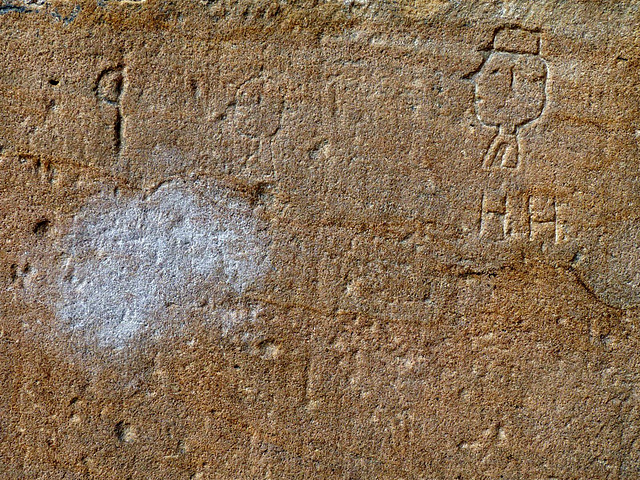Marburg - Elisabethkirche
Marburg - Elisabethkirche
Marburg - Elisabethkirche
Marburg - Elisabethkirche
Marburg - Elisabethkirche
Marburg - Elisabethkirche
Marburg - Elisabethkirche
Marburg - Elisabethkirche
Marburg - Elisabethkirche
Marburg - Elisabethkirche
Marburg - Elisabethkirche
Marburg - Elisabethkirche
Marburg - Elisabethkirche
Marburg - Elisabethkirche
Mardorf - St. Hubertus
Napoli - Complesso Monumentale Donnaregina
Marburg - Elisabethkirche
Marburg - Elisabethkirche
Marburg - Elisabethkirche
Marburg - Elisabethkirche
Location
Lat, Lng:
Lat, Lng:
You can copy the above to your favourite mapping app.
Address: unknown
Lat, Lng:
You can copy the above to your favourite mapping app.
Address: unknown
See also...
Keywords
Authorizations, license
-
Visible by: Everyone -
All rights reserved
-
185 visits
Marburg - Elisabethkirche


Marburg developed at the crossroads of two important medieval routes. The settlement was protected by a small castle built during the ninth or tenth century. Since 1140 Marburg has been a town, owned by the Landgraves of Thuringia, residing on the Wartburg above Eisenach.
In 1228, the widowed Elizabeth of Hungary (aka Elizabeth of Thuringia), chose Marburg as her dowager seat. The countess dedicated her life to the sick and would become after her early death in 1231, aged 24, one of the most prominent female saints of the era. She was canonized already in 1235.
Marburg was a provincial town in Hesse, known for the University, the oldest Protestant-founded university in the world, founded in 1527. In 1529, Philipp I of Hesse arranged the "Marburg Colloquy", to propitiate Martin Luther and Huldrych Zwingli.
St. Elisabeth had founded a hospital here in 1228, where she cared for sick and needy people until her death. She was buried in the hospital chapel. Immediately began a pilgrim's stream and numerous miracles of healing were witnessed.
In honour of St. Elizabeth the Elisabethkirche ("St. Elizabeth's Church") was built by the Order of the Teutonic Knights. The church is one of the earliest purely Gothic churches in German-speaking areas, and is held to be a model for the architecture of Cologne Cathedral. The church was consecrated in 1283. The work on the two towers continued until 1340.
In 1539, Landgrave Philip had the bones of St. Elizabeth removed to set a mark against the cult of the relics, almost all of the formerly Catholic friars converted to Protestantism. Part of the originally rich figure jewelry got removed.
There are many carved graffiti in and outside the church. Young H.H. left a selfie, wearing a student cap.
In 1228, the widowed Elizabeth of Hungary (aka Elizabeth of Thuringia), chose Marburg as her dowager seat. The countess dedicated her life to the sick and would become after her early death in 1231, aged 24, one of the most prominent female saints of the era. She was canonized already in 1235.
Marburg was a provincial town in Hesse, known for the University, the oldest Protestant-founded university in the world, founded in 1527. In 1529, Philipp I of Hesse arranged the "Marburg Colloquy", to propitiate Martin Luther and Huldrych Zwingli.
St. Elisabeth had founded a hospital here in 1228, where she cared for sick and needy people until her death. She was buried in the hospital chapel. Immediately began a pilgrim's stream and numerous miracles of healing were witnessed.
In honour of St. Elizabeth the Elisabethkirche ("St. Elizabeth's Church") was built by the Order of the Teutonic Knights. The church is one of the earliest purely Gothic churches in German-speaking areas, and is held to be a model for the architecture of Cologne Cathedral. The church was consecrated in 1283. The work on the two towers continued until 1340.
In 1539, Landgrave Philip had the bones of St. Elizabeth removed to set a mark against the cult of the relics, almost all of the formerly Catholic friars converted to Protestantism. Part of the originally rich figure jewelry got removed.
There are many carved graffiti in and outside the church. Young H.H. left a selfie, wearing a student cap.
Ernest CH has particularly liked this photo
- Keyboard shortcuts:
Jump to top
RSS feed- Latest comments - Subscribe to the comment feeds of this photo
- ipernity © 2007-2024
- Help & Contact
|
Club news
|
About ipernity
|
History |
ipernity Club & Prices |
Guide of good conduct
Donate | Group guidelines | Privacy policy | Terms of use | Statutes | In memoria -
Facebook
Twitter

Sign-in to write a comment.